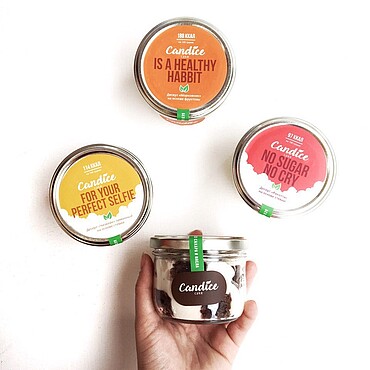Abstract
The case tells the story of Candice Cake, a producer of premium desserts in Russia. The firm follows a philosophy of producing and marketing organic, sugar-free, and tasty pastries. Marina Martianova, the founder of Candice Cake, has successfully set up her business in a niche market for health-conscious customers in Russia. During a trip to the US, Martianova realized the untapped potential for her desserts in the US and started extensive research into the Californian market. She contacted key players in the field and built a small network of potential investors. To enter California and fund the expansion, Martianova has some decisions to make, including the entry mode and the investment option. The case addresses an entry mode dilemma, distinguishing between B2B and B2C options, both in physical and online sales. It also discusses various investor options from bootstrapping by family and friends, to an incubator program, to business angels, and to venture capitalists.
Citation Note
Based on field research; 10 pages.
Follow the 'handle' link to access the Case Study on RePub.
For EUR staff members: the Teaching Note is available on request, you can contact us at rsm.nl/cdc/contact/
For external users: follow the link to purchase the Case Study and the Teaching Note.
Objective
1. Understand the key decisions to be made for a start-up entering a new foreign market. 2. Describe modes of entry to a foreign market and identify their associated advantages and disadvantages. 3. Describe ways to fund business expansion to a foreign market and identify their associated advantages and disadvantages. 4. Evaluate the feasibility of different modes of entry in relation to outside investment opportunities.
